
A carriage pulls up before Ballyfin to give us a tour of the 640-acre estate. Photo by David Lansing.
Late in the afternoon we went for a carriage ride around the estate ending up at a five-story medieval-style stone tower perched on a hill with views of the Slieve Bloom mountains. The tower is a folly, which means there was no practical purpose to it; it was built solely for decoration.
Actually, that’s not completely true in the case of the Ballyfin Tower. It was built by the original owner, Sir Charles Coote, in the 1860s in a bid to give jobs to the local population during the potato famine. So it at least served some purpose.
When we got to the top of the tower, there was a young Irish couple up there. We’d noticed them earlier having tea in the library. The young woman’s face was mottled and she was dabbing at her eyes with a tissue. Seeing our concerned look, she smiled and cried at the same time. “He’s just proposed!” she blurted.
The young man told us the story: He’d lured the young girl out to Ballyfin to have tea, which appeared to be quite the coup since the hotel is only open to those staying there (no lookyloos). After tea, he’d suggested they climb up the tower for a quick peek before leaving. Then he’d dropped to one knee and presented the ring. All very dramatic. Imagine telling that story to your children one day.
Of course, he’d lied about not staying at Ballyfin as well. “It’s costing a bloody fortune,” said the young man, “but I think it’s worth it.”
No doubt he’s right. I have a feeling we won’t see them at dinner.

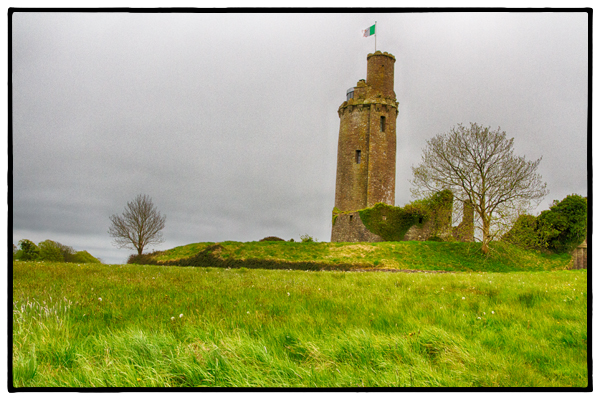
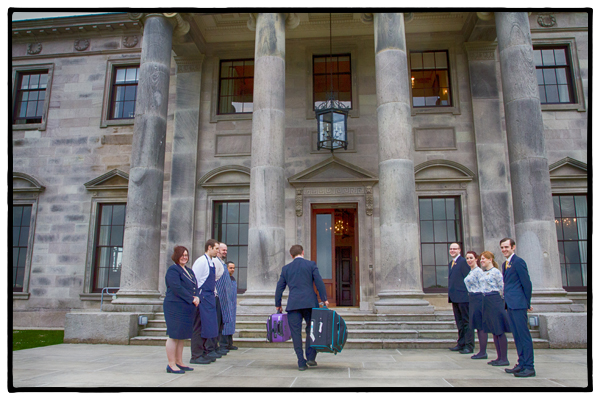
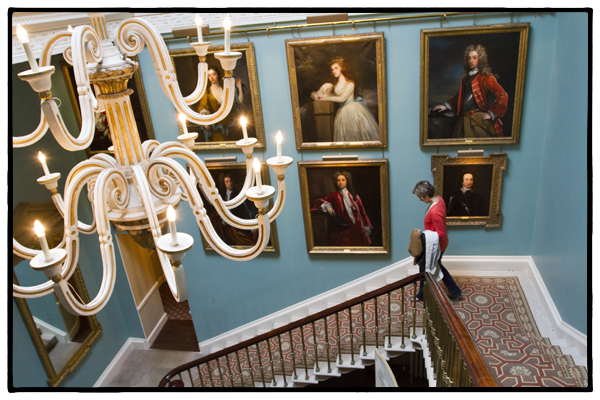
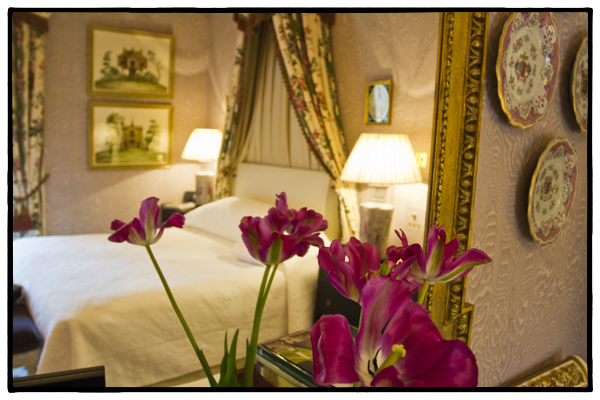

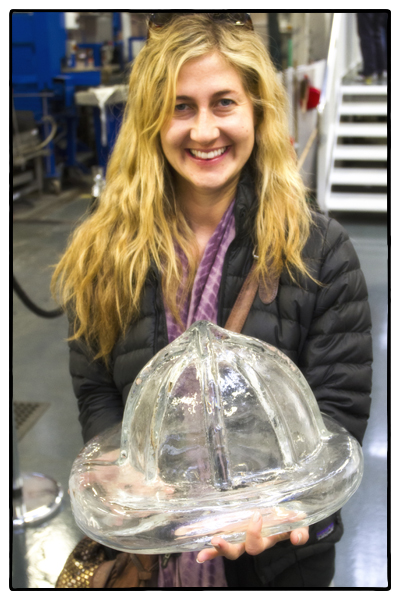

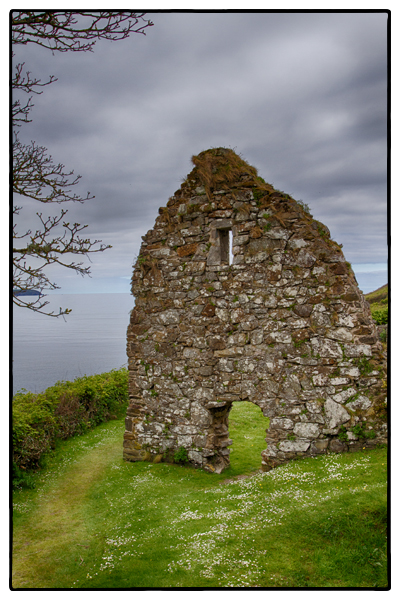
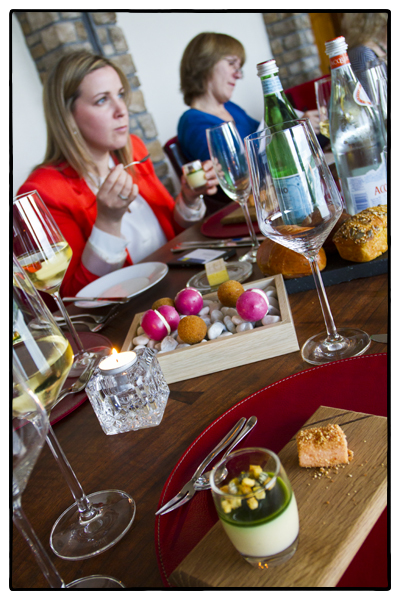

Recent Comments